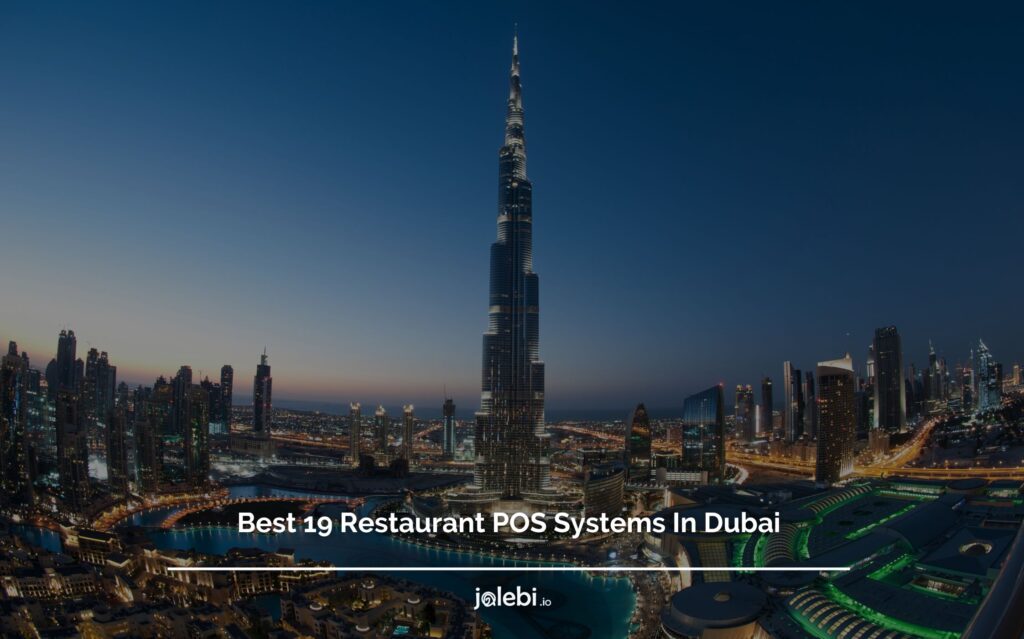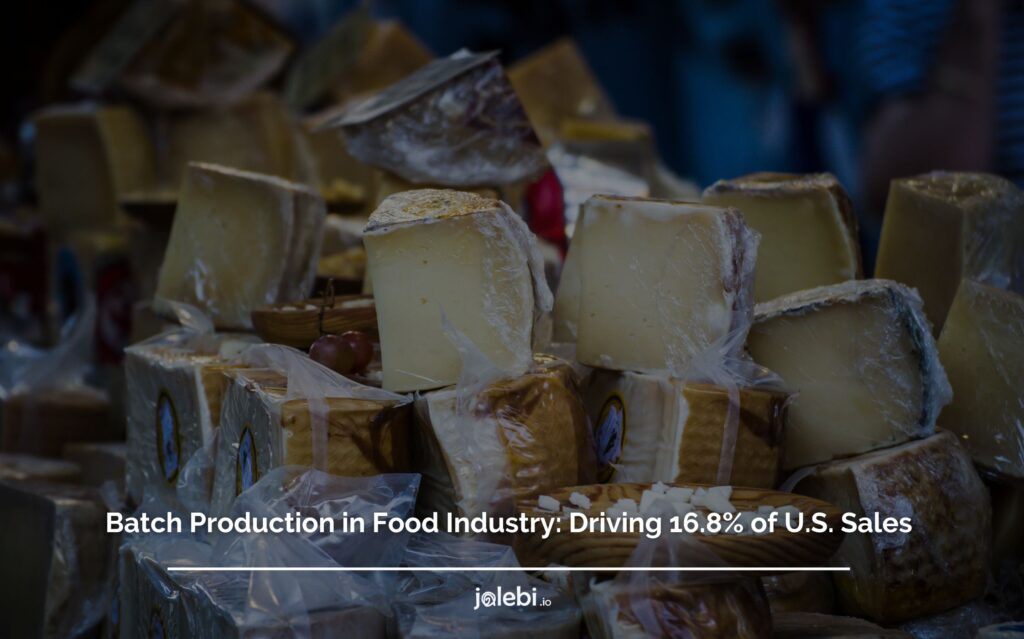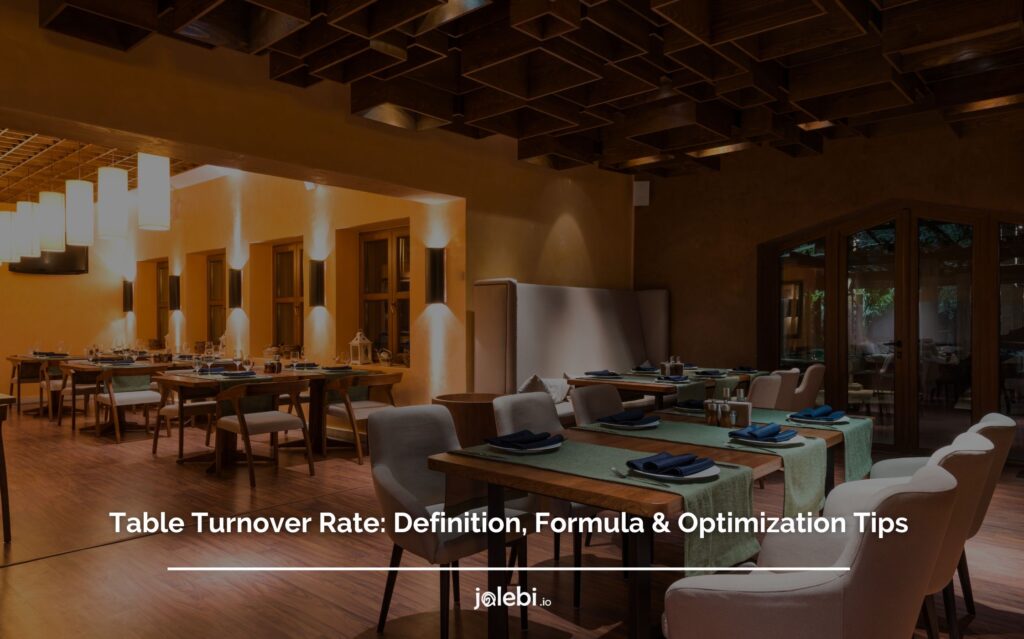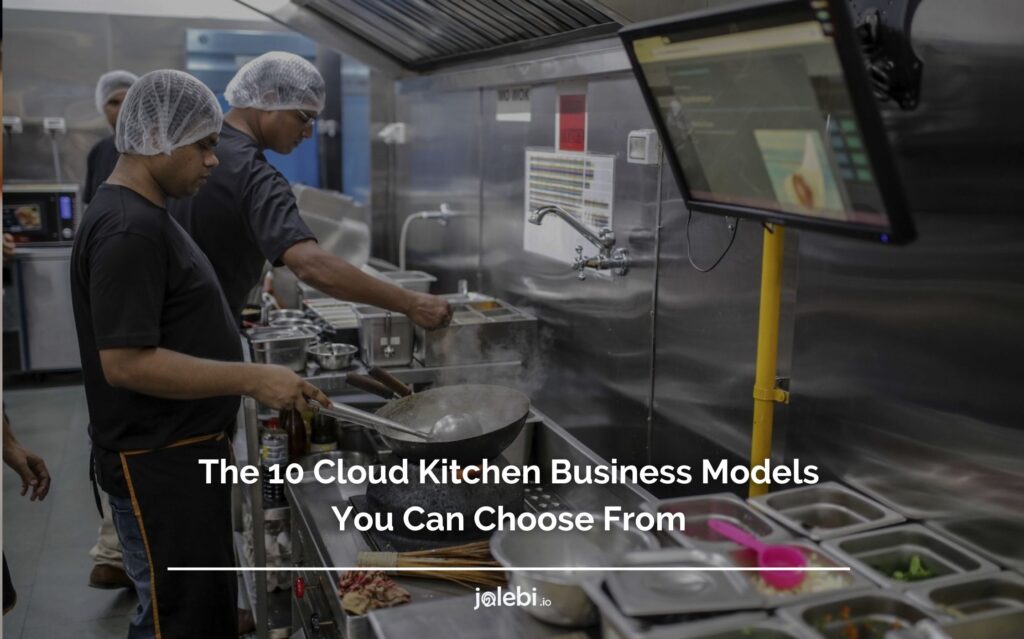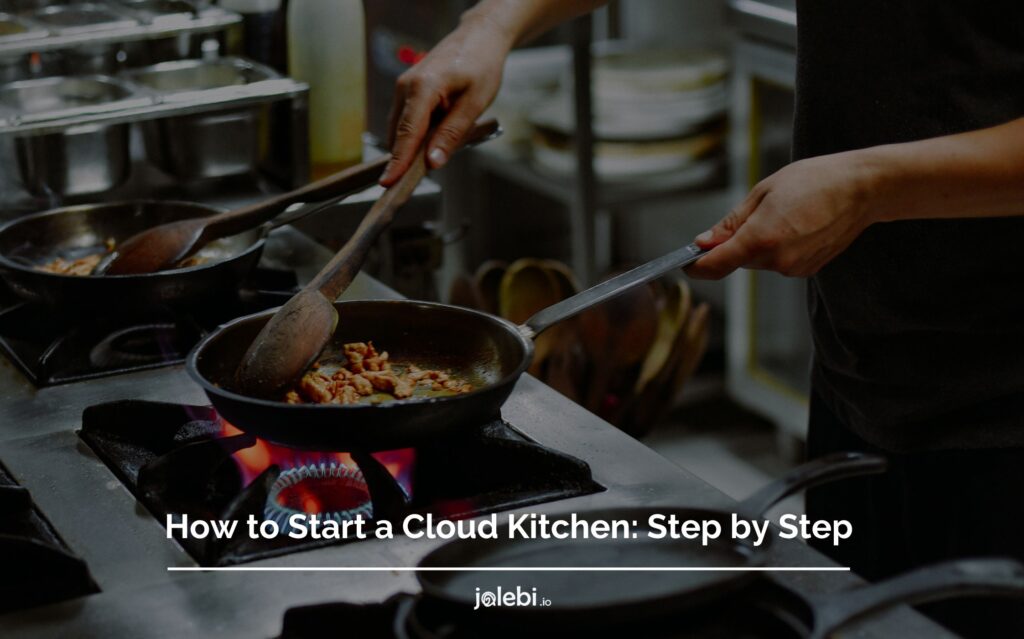Table of Contents
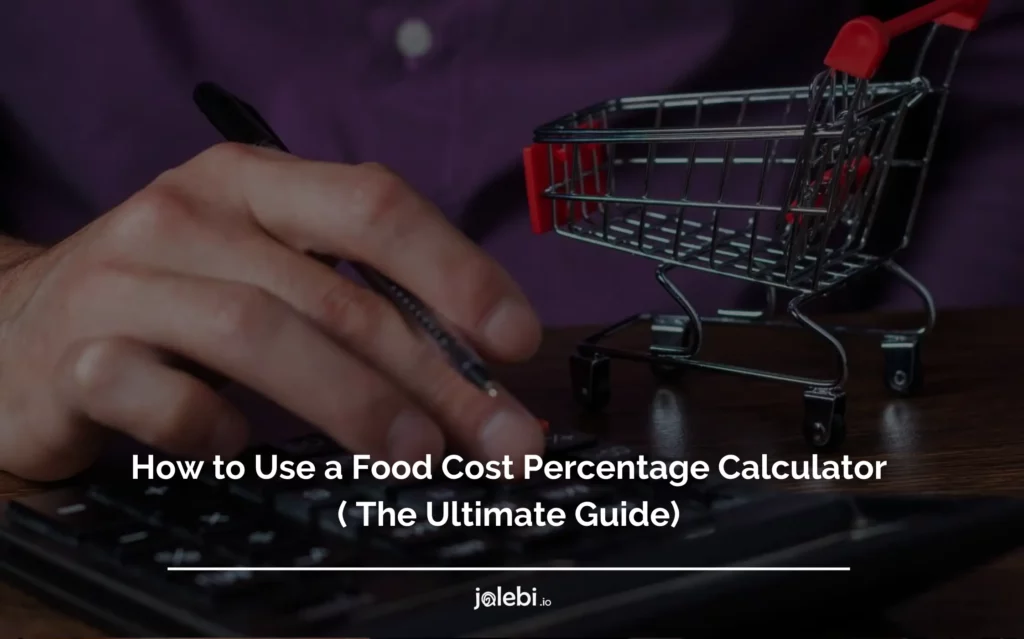
In the highly competitive restaurant industry, managing ideal food cost percentage is crucial for maximizing profitability.
One effective tool for achieving this is a food cost percentage calculator. This comprehensive guide will walk you through the process of using a food cost percentage calculator, explaining its importance, and benefits, and providing step-by-step instructions.
By the end of this article, you’ll be equipped with the knowledge to optimize your restaurant’s profitability using this powerful tool.
Understanding the Importance of Food Cost Percentage
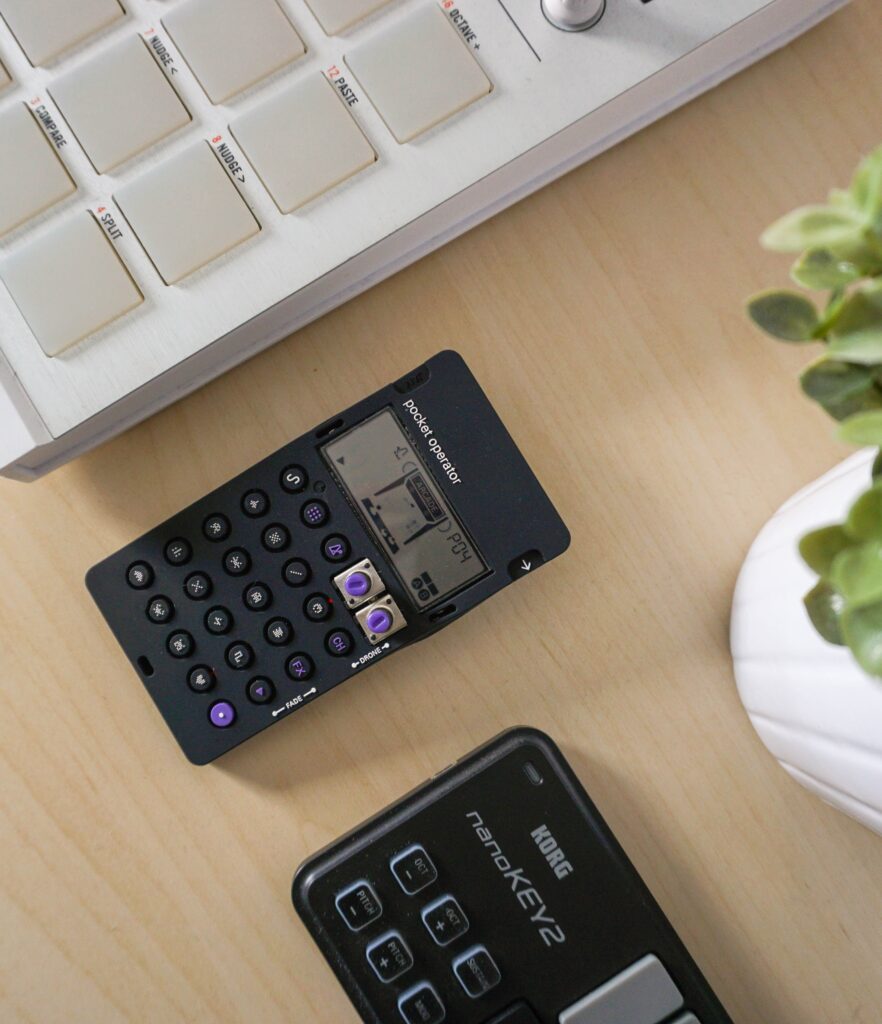
To begin, it’s essential to understand the significance of food cost percentage. This metric indicates the proportion of overall sales revenue that is spent on purchasing ingredients.
Monitoring food cost percentages allows restaurant owners and managers to identify inefficiencies, make informed decisions, and maintain desired profit margins.
By calculating food cost percentage, you gain valuable insights into the financial health of your establishment and can take proactive steps to improve it.
Additionally, tracking food cost percentages can help you identify trends and patterns in ingredient prices.
This information can be used to negotiate better deals with suppliers or adjust menu prices accordingly.
On average, nearly 50% of sales in a restaurant come from approximately 10 to 15 essential menu items.
Understanding this crucial restaurant inventory statistic prompts operators to identify these key items within their operations, allowing them to focus on optimizing these high-demand offerings for increased sales and customer satisfaction.
By staying on top of the food cost percentage, you can ensure that your restaurant remains competitive in the market while still maintaining profitability.
What is a Food Cost Percentage Calculator and Why Should You Use One?
A food cost percentage calculator is a specialized tool that automates the process of determining the exact percentage of sales revenue spent on ingredients.
It eliminates the need for complex manual calculations, offering accuracy, efficiency, and time-saving benefits. By utilizing a food cost calculator, you can streamline your restaurant’s financial management and ensure that every menu item’s profitability is properly assessed.
One of the key advantages of using a food cost calculator is its ability to provide real-time data analysis.
With this tool, you can easily track and monitor your ingredient costs, allowing you to make informed decisions about pricing, portion sizes, and menu changes.
By regularly analyzing your food cost percentage, you can identify any areas of inefficiency or excessive spending, enabling you to take proactive measures to improve your restaurant’s profitability.
In addition to financial management, a price calculator can also help you maintain consistency in your menu offerings.
By accurately calculating the cost of each dish, you can ensure that your pricing remains consistent across different locations or during seasonal menu changes.
This not only helps to build customer trust but also allows you to effectively manage your profit margins and avoid any potential losses.
Formula of Food Cost Percentage
Wondering what is the formula for formula for calculating food cost? Here is the answer to the question total food cost is calculated by what formula:
The equation for food cost: (beginning inventory+purchases)-ending inventory/total food sales
The Benefits of Using a Food Cost Percentage Calculator in Your Restaurant
The advantages of using a food cost percentage calculator are numerous.
- Pinpoint Expensive Ingredients
Firstly, it allows you to pinpoint costly ingredients and adjust their usage or pricing accordingly.
- Compare Profitability
Secondly, it enables you to compare the profitability of different menu items and make data-driven decisions about their continued inclusion.
Moreover, regularly monitoring food cost percentages can help you identify trends and address issues such as wastage, portion control, and supplier discrepancies.
- Financial Management
Ultimately, a price calculator empowers you to manage your restaurant’s finances more effectively and increase profitability.
Using a food cost percentage calculator can also assist in budgeting and forecasting.
By accurately tracking the cost of ingredients and analyzing their impact on overall food costs, you can better plan for future expenses and set realistic financial goals for your restaurant.
This tool can also help you identify areas where cost-saving measures can be implemented, such as finding alternative suppliers or negotiating better pricing agreements.
By having a clear understanding of your food costs, you can make informed decisions that will ultimately contribute to the long-term success of your restaurant.
Step-by-Step Guide to Using a Food Cost Percentage Calculator
Now let’s dive into the step-by-step process of using a food cost percentage calculator in your restaurant. Following these instructions will ensure accurate calculations and enable you to make informed financial decisions:
Step 1: Gathering Necessary Data for Calculating Food Cost Percentage
Before using the calculator, collect the required data, including ingredient costs, quantities used, and total sales revenue. This data can be obtained from invoices, supplier records, and POS systems.
Make sure to consider both direct and indirect costs, such as packaging materials and labor expenses.
Step 2: Inputting Ingredients Costs and Quantities into the Calculator
Once you have the data at hand, input the ingredient costs and quantities into the food cost percentage calculator.
Depending on the calculator you’re using, it may require you to provide information for each menu item separately or as a whole. Ensure accurate input to obtain precise results.
Step 3: Determining the Selling Price of Menu Items Using the Calculator
After inputting the ingredient costs and quantities, the food cost percentage calculator will generate the exact cost of each menu item. This information can then be used to determine the appropriate selling price for each dish, taking into account desired profit margins and market competition.
Step 4: Analyzing Profit Margins and Adjusting Menu Prices with the Calculator
Once you have calculated the cost and selling price of each menu item, it’s essential to analyze the resulting profit margins.
Identify items with low profitability and explore ways to optimize their cost structure or increase their selling price.
The food cost percentage calculator provides crucial insights for making these strategic decisions.
Step 5: Tracking and Monitoring Changes in Food Cost Percentage over Time
Using a food cost percentage calculator is an ongoing process. To effectively manage your restaurant’s profitability, regularly track and monitor changes in food cost percentage.
Keep a record of fluctuations and assess the impact of cost-saving measures or menu adjustments. This approach ensures that you stay vigilant and adapt to market conditions.
Step 6: Utilizing the Calculator for Menu Planning and Recipe Development
Another valuable use of a food cost percentage calculator is for menu planning and recipe development.
By inputting the ingredient costs and quantities into the calculator, you can assess the profitability of potential menu items and make informed decisions about which dishes to include.
Additionally, the calculator can help you refine recipes by identifying ingredients that may be driving up costs.
Step 7: Comparing Food Cost Percentage to Industry Benchmarks
To gain a better understanding of your restaurant’s financial performance, it’s important to compare your food cost percentage to industry benchmarks.
This allows you to see how your costs stack up against similar establishments and identify areas for improvement.
The food cost percentage calculator can provide you with the necessary data to make these comparisons and take appropriate actions to optimize your operations.
Tips and Tricks for Maximizing Efficiency When Using a Food Cost Percentage Calculator
While using a food cost percentage calculator, consider applying these tips and tricks to enhance your efficiency and effectiveness:
1. Update ingredient costs regularly: Keep your calculator up-to-date with the latest ingredient prices to ensure accurate calculations and decision-making.
2. Standardize portion sizes: Consistent portion sizes enable accurate ingredient cost calculations and minimize wastage.
3. Analyze seasonality effects: Adjust menu prices and ingredient quantities based on seasonal availability and pricing fluctuations.
4. Train staff on data input: Ensure that your staff members understand how to correctly input ingredient costs and quantities into the calculator to avoid errors.
5. Utilize historical data: Use past data from your food cost percentage calculator to identify trends and make informed decisions about menu pricing and ingredient sourcing.
Common Mistakes to Avoid when Using a Food Cost Percentage Calculator
While a food cost percentage calculator is a powerful tool, it’s important to be aware of common mistakes that can compromise its accuracy and effectiveness:
1. Inaccurate data entry: Carefully verify all ingredient costs and quantities before inputting them into the calculator to avoid errors.
2. Ignoring overhead costs: Remember to account for indirect costs, such as utilities, rent, and staff wages, to obtain a comprehensive picture of your food cost percentage.
3. Failing to consider waste: Factor in potential ingredient wastage when calculating the cost of each menu item to avoid underestimating food cost percentage.
4. Not adjusting prices regularly: Regularly review and adjust menu prices based on fluctuating ingredient costs and market demands to maintain profitability.
5. Overlooking portion sizes: Ensure that you accurately measure and account for portion sizes when calculating the cost of each menu item. Inconsistent portion sizes can lead to inaccurate food cost percentages.
6. Neglecting to include labor costs: Don’t forget to factor in the cost of labor when determining the food cost percentage. This includes the wages of kitchen staff involved in the preparation of each menu item.
Advanced Techniques for Utilizing a Food Cost Percentage Calculator to Optimize Your Restaurant’s Profitability
While the basic steps of using a food cost percentage calculator are essential, there are advanced techniques that can further optimize your restaurant’s profitability:
1. Menu engineering: Analyze the profitability of each menu item and strategically promote high-profit items to maximize overall profitability.
2. Supplier negotiations: Utilize food cost percentage calculations to negotiate better prices with suppliers and improve your overall cost structure.
3. Cost-saving initiatives: Identify areas of potential cost reduction, such as portion control, sourcing local ingredients, or bulk purchasing, to improve your food cost percentage.
4. Staff training and development: Invest in training programs to educate your staff on the importance of food cost management and empower them to make cost-conscious decisions in their daily tasks.
5. Menu analysis and optimization: Regularly review your menu to identify underperforming items and make adjustments to improve their profitability. This can include removing low-margin items, introducing new dishes with higher profit margins, or re-pricing existing menu items.
Exploring Additional Features and Functions of Food Cost Percentage Calculators
Food cost percentage calculators often come equipped with additional features and functions that can enhance your financial management. These may include:
1. Recipe management: Save and manage your recipes within the calculators to streamline calculations and track ingredient costs.
2. Menu analytics: Gain insights into the popularity and profitability of specific menu items, enabling you to optimize your menu offerings.
3. Scenario analysis: Simulate different cost scenarios, ingredient substitutes, and menu adjustments to identify the most profitable options.
4. Inventory tracking: Some food cost percentage calculators offer inventory tracking capabilities, allowing you to monitor and manage your ingredient stock levels. This feature can help prevent overstocking or running out of essential ingredients.
5. Cost comparison: With the help of food cost percentage calculators, you can compare the costs of different suppliers or vendors for specific ingredients. This feature enables you to make informed decisions and choose the most cost-effective options for your business.
Comparing Different Types of Food Cost Percentage Calculators in the Market
When choosing a food cost percentage calculator, it’s essential to consider the features and functionality offered by different software options.
Compare factors such as ease of use, customizability, integration capabilities with your current systems, and ongoing support and updates. Select a calculator that best aligns with your specific needs and budget.
Additionally, it’s important to research the reputation and reliability of the software providers. Look for reviews and testimonials from other users to gauge their satisfaction with the calculator’s accuracy and performance.
Consider reaching out to the providers directly to ask any questions or concerns you may have before making a decision.
Remember, investing in a reliable and efficient food cost percentage calculator can greatly benefit your business in terms of cost control and profitability.
Integrating a Food Cost Percentage Calculator into Your Restaurant’s Inventory Management System
To fully leverage the benefits of a food cost percentage calculator, integration with your restaurant’s existing inventory management system is recommended.
This integration enables real-time data synchronization, automates calculations, and provides a holistic view of your restaurant’s financial performance.
Consult with software providers to ensure seamless integration and maximize operational efficiency.
By integrating a food cost percentage calculator into your restaurant’s inventory management system, you can streamline your operations and improve cost control.
With real-time data synchronization, you can easily track and monitor your food costs, allowing you to make informed decisions about pricing, menu items, and purchasing.
Additionally, automating the calculations eliminates the need for manual data entry and reduces the risk of errors.
This integration also provides a holistic view of your restaurant’s financial performance, allowing you to identify areas for improvement and optimize your profitability.
Consult with software providers who specialize in restaurant management systems to ensure seamless integration and maximize operational efficiency.
Training Staff on How to Use a Food Cost Percentage Calculator
When implementing a food cost percentage calculator, it’s crucial to train your staff on how to use this tool effectively.
- Provide comprehensive training on data collection, inputting information accurately, interpreting results, and making informed decisions based on the calculator’s output. Regular refresher sessions will ensure that staff members fully comprehend the tool’s capabilities and contribute to its optimal utilization.
- In addition to training your staff on how to use the food cost percentage calculator effectively, it is also important to emphasize the importance of accuracy in data collection.
Encourage your staff to pay attention to detail when inputting information into the calculator, as even small errors can significantly impact the accuracy of the results. By stressing the significance of accurate data input, you can ensure that the calculator provides reliable and actionable insights for your business.
Troubleshooting Common Issues When Working with a Food Cost Percentage Calculator
Despite the advantages of using a food cost percentage calculator, it’s important to be aware of potential issues and their solutions:
1. Discrepancies in ingredient costs: If you notice significant differences between ingredient costs and the calculator’s calculations, double-check the accuracy of the data inputted. Verify that you’re using up-to-date ingredient prices.
2. System compatibility issues: When integrating the calculator with your existing systems, ensure compatibility by consulting with technical support teams. They can help resolve any compatibility issues that may arise.
3. Unexpected changes in costs: Regularly analyze and compare ingredient costs to spot any unexpected changes or discrepancies. Investigate the root causes and promptly address any issues with suppliers or internal processes.
4. Inaccurate portion sizes: Another potential issue when working with a food cost percentage calculator is inaccurate portion sizes.
Ensure that you are accurately measuring and recording the portion sizes of ingredients used in your recipes.
This will help maintain the accuracy of the calculator’s calculations and prevent discrepancies in cost percentages.
The Future of Food Cost Management: Innovations in Calculators and Software
An industry report on restaurant technology in 2017 highlights that 95% of operators acknowledge the positive impact of technology on the overall efficiency of their operations. Embracing technology solutions enhances productivity and streamlines various aspects of restaurant management.
Looking ahead, the future of food cost management holds exciting prospects for streamlined operations and increased profitability. Innovations in calculators and software are revolutionizing the industry.
Anticipate advancements in areas such as artificial intelligence, machine learning, and predictive analytics.
These technologies will further enhance the accuracy, speed, and automation of food cost percentage calculations, providing even greater value to restaurant owners and managers.
Leverage jalebi’s Food Cost Calculator For Your Restaurant
Take control of your restaurant’s food costs with jalebi’s food cost calculator.
Our powerful tool empowers restaurant owners and managers to accurately calculate and manage food costs, optimizing profitability.
With our intuitive interface, simply start the process by setting a goal that you aim to achieve.
Then you can go on and calculate your revenue by the number of transactions or revenue.
Moving on to the expenses section, you can calculate food cost, staff cost, marketing cost, etc.
Identify cost-saving opportunities, analyze profitability, and make informed pricing decisions by the report generated at the end.
With jalebi’s food cost calculator, you can streamline your cost management process, boost profitability, and make data-driven decisions for a thriving restaurant business.
Contact us today and unlock the power of efficient food cost management today.
Conclusion
In conclusion, incorporating a food cost percentage calculator into your restaurant’s financial management is a definitive step toward maximizing profitability.
By understanding its importance, utilizing it with precision, and employing advanced techniques, you can optimize your menu offerings, control costs, and make data-driven decisions.
Stay informed about the latest software developments, train your staff effectively, and capitalize on the benefits of this powerful tool.
Remember, effective food cost management is the key to long-term success in the highly competitive restaurant industry.
One area where innovations in calculators and software are making a significant impact is in inventory management.
Advanced software solutions can now track inventory levels in real-time, automatically generating alerts when stock levels are low or when ingredients are nearing their expiration dates.
Another exciting development in food cost management is the integration of calculators and software with point-of-sale (POS) systems.
By connecting these systems, restaurants can automatically capture sales data and link it to their food cost calculations.
This integration allows for more accurate and up-to-date cost analysis, as well as the ability to identify trends and patterns in sales and costs.
Based on a study, restaurant operators who implement such practices can increase their bottom line by approximately 2% to 10%.
By effectively identifying sales trends and maintaining optimal ingredient par levels, they can minimize over and under-ordering, leading to improved profitability.
With this information, restaurant owners and managers can make informed decisions about pricing, menu changes, and cost-saving strategies.
FAQs
1. What should food cost be in a restaurant?
The ideal food cost for a restaurant can vary widely depending on several factors, including the type of cuisine, the restaurant’s concept, its location, and its pricing strategy. However, as a general guideline, many restaurants aim for a food cost percentage of around 25% to 35% of their total food sales.
2. How to figure out food cost in restaurant management system?
In a restaurant management system, calculating food costs can be simplified with the help of technology and software. Here’s how to figure out food cost using such a system:
- Input and Update Ingredient Costs:
- Ensure that your restaurant management system includes a database of ingredient costs. Regularly update this database to reflect current prices for all the ingredients used in your recipes.
2. Recipe Management:
- Input all your menu items and their recipes into the system. Each recipe should include a detailed list of ingredients, quantities, and units of measurement.
3. Inventory Tracking:
- Use the system to track your ingredient inventory. This can be done manually by inputting inventory data or automatically if your system is integrated with your point-of-sale system and kitchen inventory management tools.
4. Automated Cost Calculation:
- Once the ingredients and recipes are in the system, it can automatically calculate the cost of each menu item based on the current ingredient prices and the recipe’s quantities.
5. Menu Price Calculation:
- Set your desired food cost percentage or markup in the system. The system will then automatically calculate the menu price for each item based on the cost and desired profit margin.
6. Real-Time Monitoring:
- The restaurant management system can provide real-time updates on food costs, allowing you to monitor costs as they fluctuate due to changes in ingredient prices or inventory levels.
7. Reporting and Analysis:
- Utilize the reporting and analytics features of the system to generate detailed reports on food costs. These reports can help you identify trends, spot cost outliers, and make data-driven decisions about pricing and menu optimization.
8. Regular Updates:
- Ensure that your system is regularly updated with the latest ingredient prices and menu changes to maintain accuracy in food cost calculations.
9. Integration:
- If your restaurant management system is integrated with accounting and financial software, it can help you keep track of your overall cost of goods sold (COGS) and monitor profitability effectively.
10. Training:
Using a restaurant management system can streamline the food cost calculation process and provide you with valuable insights into your restaurant’s financial health. It can also save time and reduce the potential for errors associated with manual calculations.
3. What is a good food cost percentage for a restaurant?
A good food cost percentage for a restaurant typically falls between 25% and 35% of total food sales. However, the specific percentage varies based on factors such as cuisine type, location, pricing strategy, and restaurant concept.
Restaurants should align their ideal food cost percentage with their pricing strategy, competitive environment, and profit goals. Regular monitoring and adjustments are crucial to maintaining a ideal food cost percentage.
4. How to calculate cost per serving in restaurant management system?
To calculate the cost per serving in a restaurant management system, follow these steps:
- Ingredient Costs:Ensure you have a record of the cost of each ingredient used in a recipe. This information should be updated regularly to reflect current prices.
- Recipe Information:Input all your menu items and their recipes into your restaurant management system. Each recipe should include a detailed list of ingredients and their respective quantities.
- Calculate Recipe Cost:For each menu item, the system should automatically calculate the cost based on the ingredient costs and quantities used in the recipe.
- Portion Sizes:Determine the portion size for each menu item. This is the serving size that is typically served to a customer.
- Calculate Cost Per Serving:Divide the total recipe cost by the portion size to find the cost per serving. This will give you the cost of producing one serving of the menu item. Formula: Cost per Serving = Total Recipe Cost / Portion Size
- Menu Price Calculation:Based on your desired food cost percentage and profit margin, adjust the menu price for the item. The system can automatically calculate this for you: Formula: Menu Price = Cost per Serving / (1 – Desired Food Cost Percentage) For example, if the cost per serving is $5 and you aim for a 30% food cost percentage:
- Menu Price = $5 / (1 – 0.30) = $7.14 (rounded up)
- Repeat for All Menu Items:Repeat these steps for all menu items to calculate the cost per serving for each dish on your menu.
- Regular Updates:Ensure that your system is updated with the latest ingredient costs and menu changes to maintain accuracy in cost calculations.
Using a restaurant management system makes it more efficient to calculate the cost per serving for all your menu items, helping you make informed decisions about pricing and menu optimization while maintaining profitability.
5. How to calculate food cost per meal in restaurant management system?
Here’s a precise answer on how to calculate food cost per meal in a restaurant management system:
- Total Food Cost: Add up the cost of all ingredients used during a specific time period.
- Total Meals Sold: Determine the total number of meals or dishes sold during the same period.
- Food Cost per Meal: Divide the total food cost by the total meals sold using the formula:
Food Cost per Meal = Total Food Cost / Total Meals Sold.
This calculation helps you understand the cost of producing each meal and can guide pricing decisions to ensure profitability.
6. Is the pricing of food based on the cost of its ingredients?
The pricing of food in a restaurant management system considers various factors, including ingredient costs, overhead expenses, desired profit margins, market competition, and customer demand. While ingredient costs are important, they are just one part of the overall pricing strategy.

